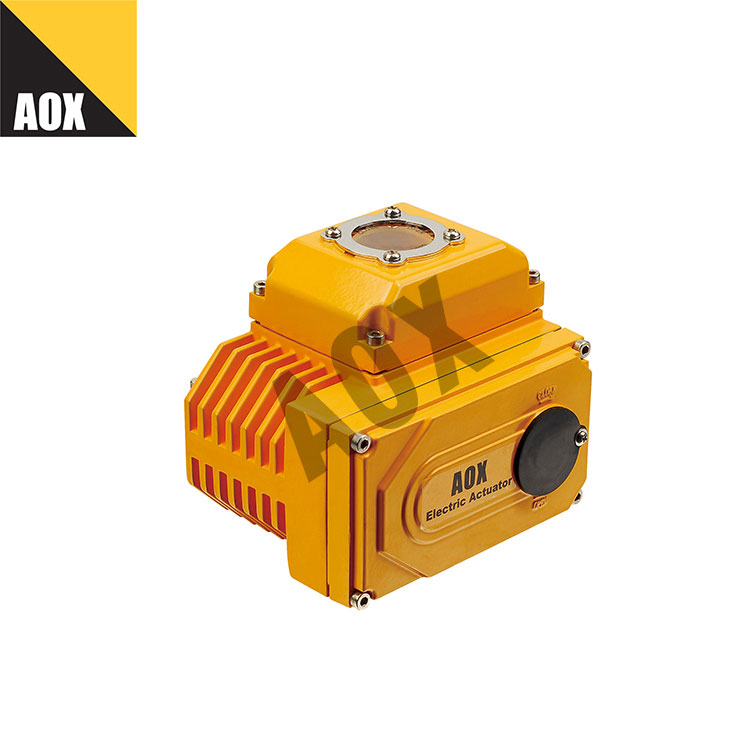Here are key features and characteristics of part-turn electric actuators
2023-12-21
A part-turn electric actuator is a type of actuator used to automate the control of valves and other mechanical devices with rotational movement. It is specifically designed for applications where a partial or limited rotation (less than 360 degrees) is required to control the position of the valve. Part-turn electric actuators are commonly used in various industries, including process control, manufacturing, and utilities. Here are key features and characteristics of part-turn electric actuators:
1. Rotational Movement:
- Part-turn electric actuators are designed to provide rotational movement to control valves, dampers, or other rotary devices. Unlike multi-turn actuators that provide continuous 360-degree rotation, part-turn actuators operate over a limited angle or partial turn.
2. Electric Motor:
- These actuators are powered by an electric motor, which provides the necessary torque to drive the rotational movement. The electric motor is typically controlled by an electronic control system.
3. Limit Switches:
- Part-turn electric actuators often include limit switches that define the endpoints of the rotational movement. These switches signal the actuator to stop when the valve reaches its fully open or fully closed position.
4. Position Feedback:
- Many part-turn electric actuators are equipped with position feedback devices, such as potentiometers or encoders, to provide information about the current position of the valve. This feedback is essential for process control and monitoring.
5. Torque Output:
- The torque output of the electric actuator is matched to the requirements of the valve or device it is controlling. Part-turn actuators are selected based on the torque needed to operate the valve within the specified angle.
6. Compact Design:
- Part-turn electric actuators are often compact and lightweight, making them suitable for applications where space is limited or where a smaller actuator footprint is preferred.
7. Modular Construction:
- Some part-turn electric actuators have a modular construction, allowing for easy customization and adaptation to different valve sizes and torque requirements.
8. Manual Override:
- In case of power failure or for maintenance purposes, part-turn electric actuators may have a manual override feature. This allows operators to manually control the valve by disengaging the electric motor.
9. Control Options:
- Part-turn electric actuators can be integrated into control systems using various communication protocols such as Modbus, Profibus, or HART. This allows for remote control and monitoring.
10. Applications:
- Part-turn electric actuators are used in a wide range of applications where precise control of valve positioning is required. Common applications include industrial processes, water treatment, oil and gas, and power generation.
11. Environmental Protection:
- Actuators may have protection ratings (IP ratings) to ensure they are suitable for the environmental conditions in which they operate. Higher IP ratings indicate greater protection against dust and water ingress.
Part-turn electric actuators play a crucial role in automating the control of valves, providing precision and efficiency in various industrial processes. The selection of the appropriate actuator depends on factors such as the valve type, torque requirements, and specific application needs.



